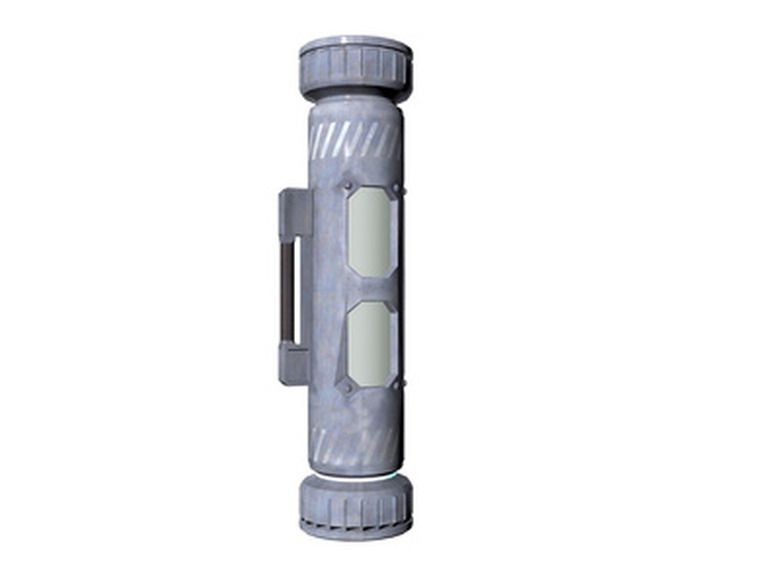How To Calculate Thermal Expansion Of A Cylinder
Almost all materials experience slight deformation in response to changes in temperature. They expand when heated and contract when cooled. This is an important factor to consider for machine parts or structural components that exist in environments with fluctuating temperatures. If a part expands, it can create stresses on other structural parts and possibly cause failure. The exact deformation of any object depends on its geometry and its constant of thermal expansion.
Steps
Step 1
Look up the material's constant of thermal expansion. The thermal expansion constant is a quantity that tells the percentage change in length of a material for each degree of temperature change. For example, one inch of aluminum will become 0.0000131 inches longer when it is heated by 1 degree Fahrenheit.
Step 2
Determine the temperature swing to which the cylinder is subjected. Presumably the part was designed at a base temperature, such as room temperate, at which it experiences no thermal stress. Find the difference between the base temperature and the maximum or minimum temperature to which the cylinder is exposed.
Step 3
Calculate the strain. The strain is a dimensionless quantity equal to the change in length over the original length. You can calculate the strain by multiplying the thermal constant of expansion by the temperature change.
Step 4
Obtain the cylinder's height and diameter. You can measure these quantities or obtain them from prerecorded specifications.
Step 5
Multiply the strain by either the diameter or the height of the cylinder to find the change in length in either direction. If the cylinder sits in a pocket or sleeve and you need to know its change in circumference, multiply the change in diameter by the number pi (3.14).
TL;DR (Too Long; Didn't Read)
The volume of a cylinder equals pi times the square of its radius times its height. To find the change in volume due to thermal expansion, calculate the dimensions before and after expansion, and apply the formula for volume to each case. Remember that radius is half of diameter.
Cite This Article
MLA
Painting, Brad. "How To Calculate Thermal Expansion Of A Cylinder" sciencing.com, https://www.sciencing.com/calculate-thermal-expansion-cylinder-6505422/. 24 April 2017.
APA
Painting, Brad. (2017, April 24). How To Calculate Thermal Expansion Of A Cylinder. sciencing.com. Retrieved from https://www.sciencing.com/calculate-thermal-expansion-cylinder-6505422/
Chicago
Painting, Brad. How To Calculate Thermal Expansion Of A Cylinder last modified March 24, 2022. https://www.sciencing.com/calculate-thermal-expansion-cylinder-6505422/
